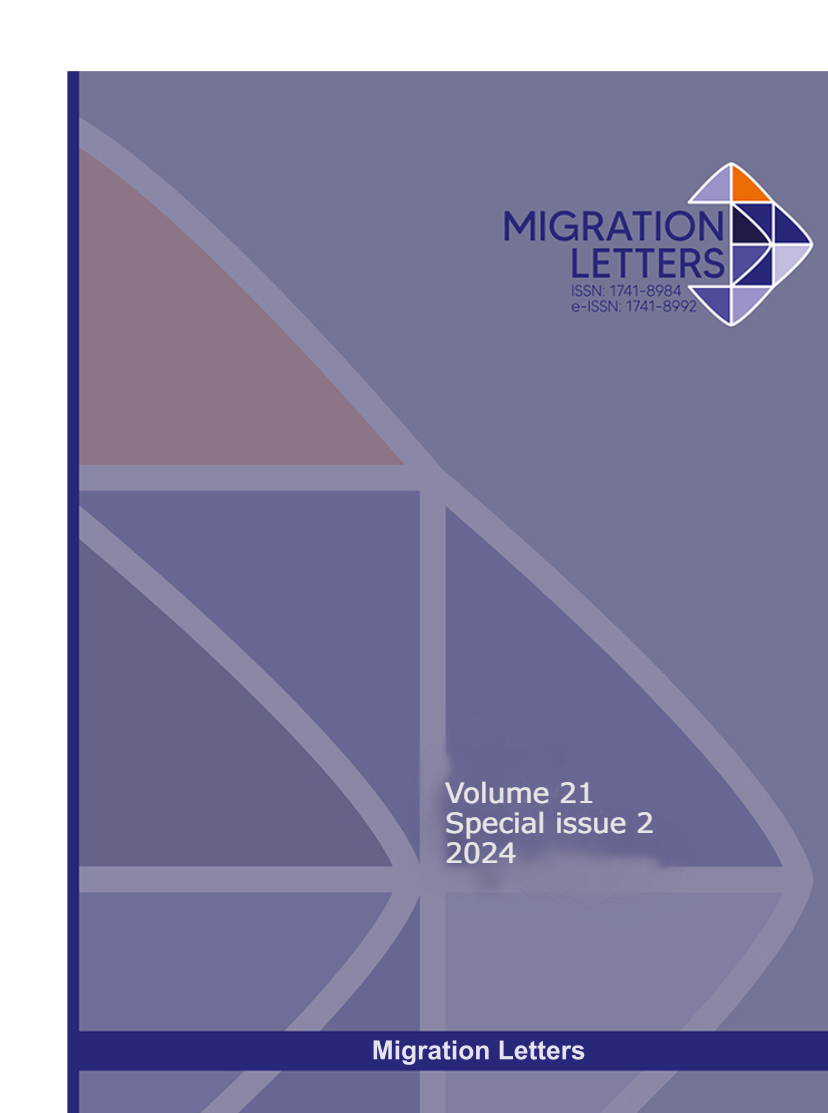Behavior Measurement Of Resilience Capacity Of Yazd Citizens In Seismic Activity Conditions Of The Taft Fault
Abstract
The United Nations, in its MCR2030 project, has underlined the necessity of making the world’s cities resilient against natural disasters by 2030. In this study, the resilience capacity of the Yazd citizens was measured in the event of a possible earthquake caused by the Taft fault, as large as 6.2 on the Richter scale, in the natural hazard management system (NHMS) and the geographic information system (GIS). First, a resilience zoning map was prepared using analytical geotechnical information in five homogeneous classes of Yazd city (A to E). Earthquake damages and losses in Yazd city were estimated through three stages: 1) calculating the peak ground acceleration (PGA), 2) estimating earthquake damage to buildings and vital lifelines, and 3) estimating earthquake losses. Next, the resilience of the neighborhoods was classified using the five-point Likert scale. The results showed that the highest resilience belongs to categories E, A, D, C, and B, in the order of their appearance. In the second part, the resilience of the Yazd citizens was measured by preparing and distributing a questionnaire and analyzing it with SPSS software. The analysis results showed that only neighborhood E was lower than the average resilience. The neighborhoods of this class are the outskirts of the city in the northwest and northeast of Yazd city. In the final stage of resilience measurement of the Yazd city and citizens, the resilience of the neighborhoods, from the highest to the lowest, was classified as follows: E, A, C, D, and B. Based on the obtained results, the resilience of neighborhoods E, A, and C was higher than 3 on average.
Metrics
Downloads
Published
How to Cite
Issue
Section
License

This work is licensed under a Creative Commons Attribution-NonCommercial-NoDerivatives 4.0 International License.
CC Attribution-NonCommercial-NoDerivatives 4.0






